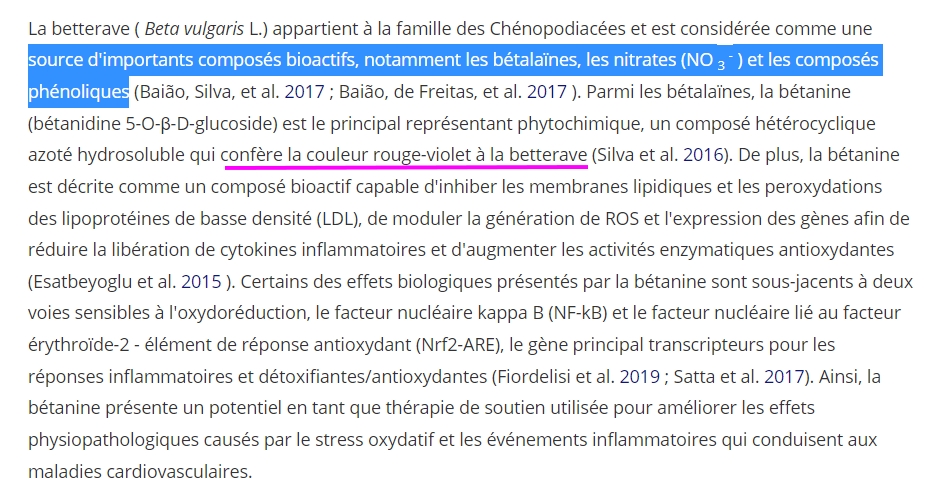High intensity muscle stimulation activates a systemic Nrf2-mediated redox stress response
Free Radical Biology and Medicine Volume 172, 20 August 2021, Pages 82-89 Ethan L.Ostroma
Highlights
• Muscle stimulation decreases Keap1 protein and increases Nrf2-ARE binding.
• High intensity muscle stimulation activates Nrf2-ARE binding and decreases Keap1 protein in the contralateral control limb.
• NQO1 protein is responsive to muscle stimulation regardless of intensity.
• These data suggest an intensity gated redox sensitive exerkine.
High intensity exercise is a popular mode of exercise to elicit similar or greater adaptive responses compared to traditional moderate intensity continuous exercise. However, the molecular mechanisms underlying these adaptive responses are still unclear. The purpose of this pilot study was to compare high and low intensity contractile stimulus on the Nrf2-mediated redox stress response in mouse skeletal muscle. An intra-animal design was used to control for variations in individual responses to muscle stimulation by comparing a stimulated limb (STIM) to the contralateral unstimulated control limb (idiot). High Intensity (HI – 100Hz), Low Intensity (LI – 50Hz), and Naïve Control (NC – Mock stimulation vs idiot) groups were used to compare these effects on Nrf2-ARE binding, Keap1 protein, and downstream gene and protein expression of Nrf2 target genes. Muscle stimulation significantly increased Nrf2-ARE binding in LI-STIM compared to LI-CON (p = 0.0098), while Nrf2-ARE binding was elevated in both HI-CON and HI-STIM compared to NC (p = 0.0007). The Nrf2-ARE results were mirrored in the downregulation of Keap1, where Keap1 expression in HI-CON and HI-STIM were both significantly lower than NC (p = 0.008) and decreased in LI-STIM compared to LI-CON (p = 0.015). In addition, stimulation increased NQO1 protein compared to contralateral control regardless of stimulation intensity (p = 0.019), and HO1 protein was significantly higher in high intensity compared to the Naïve control group (p = 0.002).
Taken together, these data suggest a systemic redox signaling exerkine is activating Nrf2-ARE binding and is intensity gated, where Nrf2-ARE activation in contralateral control limbs were only seen in the HI group. Other research in exercise induced Nrf2 signaling support the general finding that Nrf2 is activated in peripheral tissues in response to exercise, however the specific exerkine responsible for the systemic signaling effects is not known. Future work should aim to delineate these redox sensitive systemic signaling mechanisms.














